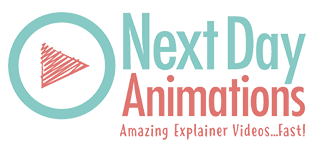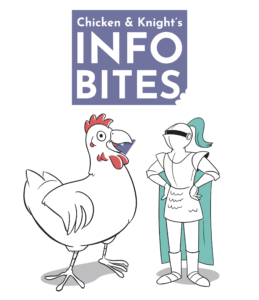
A storyboard is a series of still images that show different frames from a video, to give viewers an idea of how the video will look and feel before final production. In the film world, there’s been a lot of buzz over how simple storyboards can be, take for instance Bong Joon Ho’s storyboard’s for Parasite or the especially simple frame from the Knives Out storyboard. Whether it’s super simple or incredibly detailed, it shows the process behind each shot, and how the director’s vision came to be.
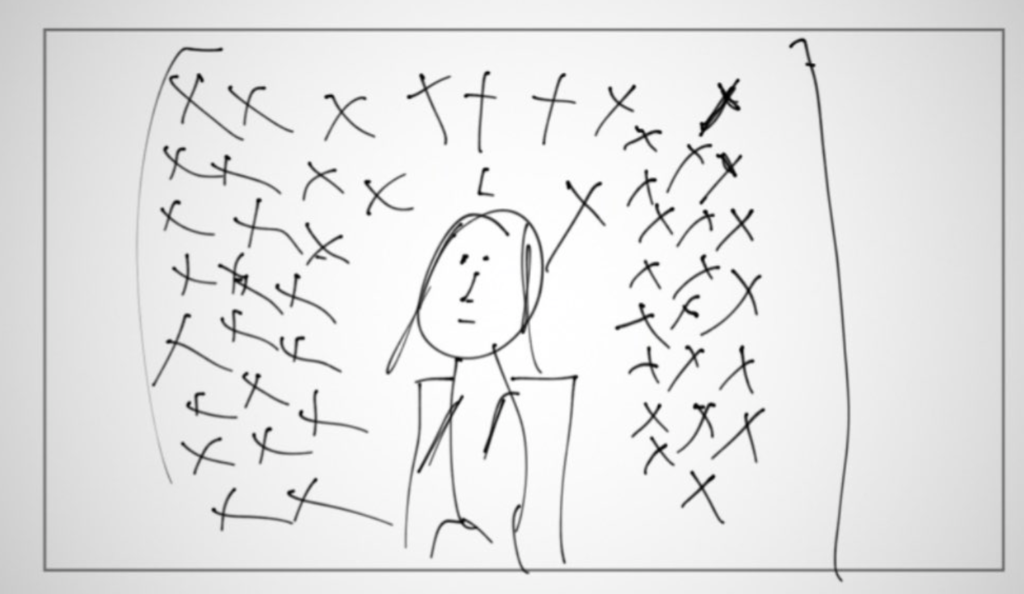
Knives Out storyboard.
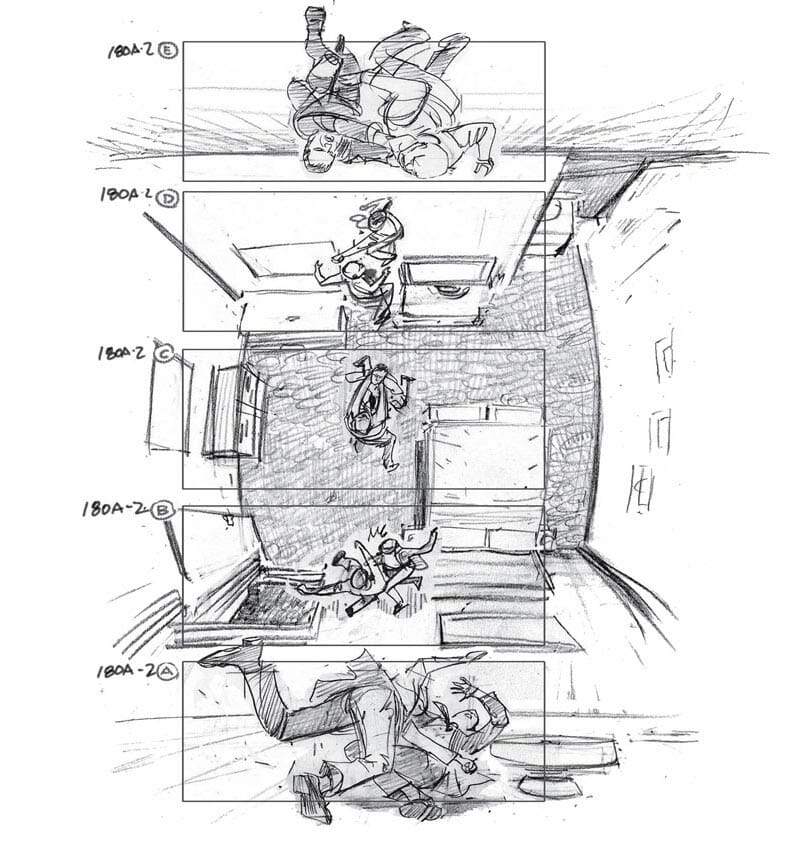
A storyboard for a fight scene in Inception.
Depending on what kind of animation you’re working on, storyboards might not always be necessary. But there should always be some way to review and approve visual ideas before you create final frames. That might be character samples, visual descriptions, or full length storyboards that go along with the script.
It may be tempting to launch directly into animation, but preparation up front makes the whole process a lot smoother, by clarifying visions, preventing miscommunications, and removing eleventh hour edits from the equation.
Key Terms
Character sample: Drafts of the characters going into an animation that are pre-approved by a client. These are helpful when the client has a particular need or when it will be hard to make character changes once the animation is being built.
Styleframe: A term used in 2D animation to describe a primary frame (or snapshot) from which an animation is built. Often a more rasterized version of a frame from a storyboard.
Storyboard: A sequence of drawings that represent different shots or frames within a video, that coincides with the video script.
Visual Descriptions: Written descriptions of visuals as they will appear in an animation, paired with the video’s narration.
How Do You Know Whether to Use a Storyboard
Ben Marriott, a 2D animator and YouTuber, gives some great advice here on how to use your judgement when creating storyboards, and why it’s often worth it when working with clients.
Sometimes artists and animators collaborate via styleframes and storyboards. Sarah Beth Morgan is an artist who draws for animators, and created this cute house styleframe which then got animated by another artist.
View this post on Instagram
For whiteboard animation, storyboards aren’t usually a part of our process. Often the visual descriptions for each frame are detailed enough that clients and producers can get a sense of what will happen on screen. We’ve dedicated a lot of time to perfecting our process that allows us to move really quickly while still communicating clearly and giving opportunities for input.
Different videos and animation styles require different processes – you and your production team can decide what makes the most sense for your project.
Using Storyboards
Storyboards and other visual references can feel like a ton of work, but when an animation is super detailed, or has many moving parts, it’s vital to sort out the look and feel before tons of resources are spent on each frame. You might find out that some parts of your video aren’t even needed – which would have made all that work for nothing!
On the first draft of your storyboard, take a note from our tried and true Next Day Animations production process: have everyone on the client end (execs, project managers, legal or technical teams) approve of the script, visual descriptions, storyboards and/or character samples before moving on to the final animation. This will save time when working with clients who need a lot of eyes on the project.
Storyboarding is also a great way to test out concepts that were loosely defined but not nailed down in the script.
Here are some questions to ask throughout the process:
- Will this make sense visually?
- Is this conveying the message clearly and thoroughly?
- Do we need 1000 animated fireworks or would 5 be enough?
More clarity around these ideas will result in a better workflow for everyone involved. Phew!
Storyboards are helpful for creating animations that are complex. Clients will have a clearer idea of the moving parts, and will have more opportunities to voice concerns ahead of time. This cuts down on the dreaded homestretch hold-ups that can kill the momentum and enthusiasm for a project right when you’re trying to nudge it across the finish line. However, for certain styles they are not always necessary. It’s all about finding the process that’s right for your product. (Which we are experts at!)
By finalizing a script and narration, getting characters approved, and talking about image concepts up front, everyone can save stress and have fun!
